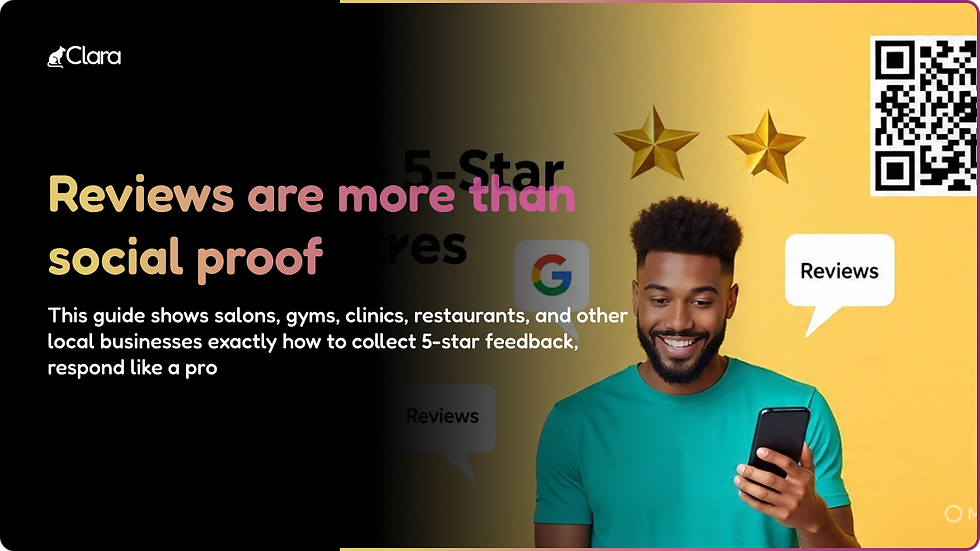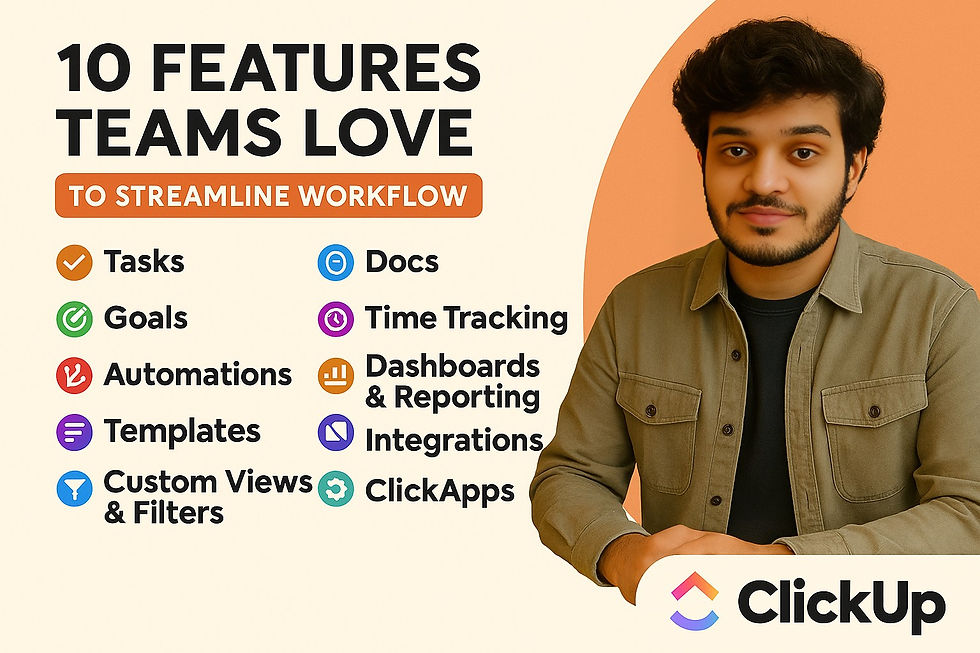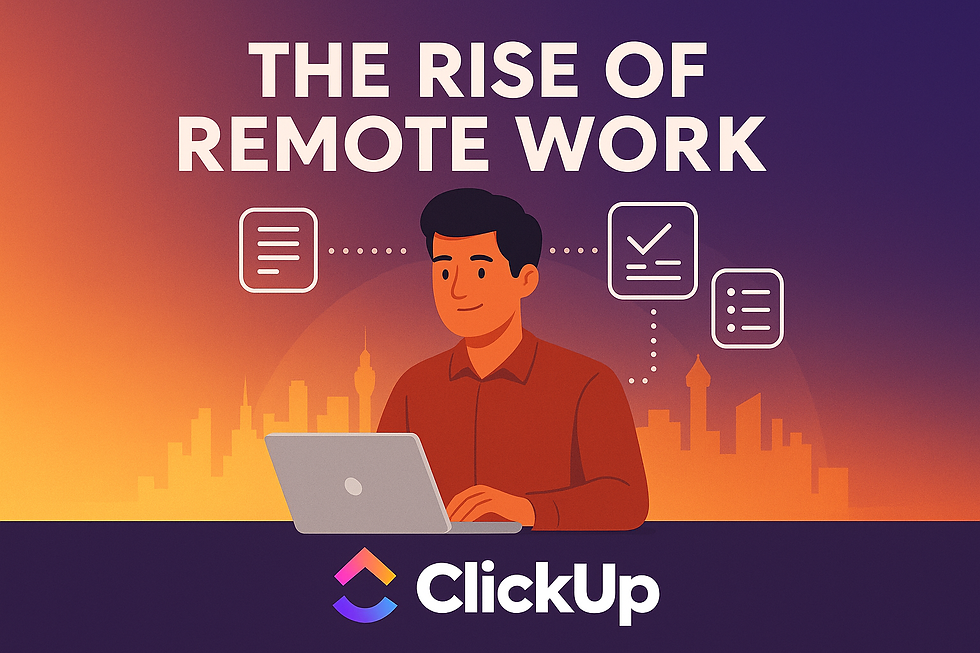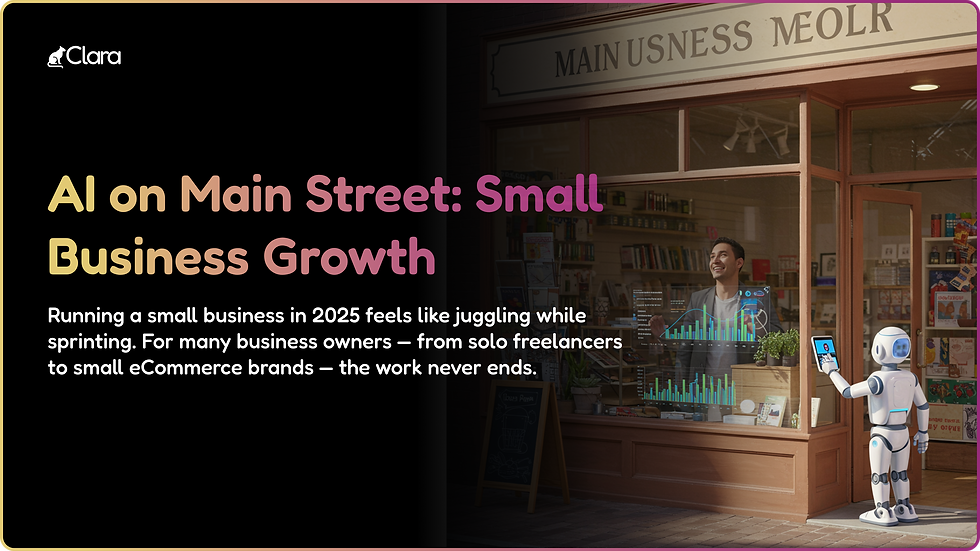- Dravya Bansal
- Aug 10
- 3 min read
Discover how small and local businesses can use keyword tracking to boost SEO, outrank competitors, and attract more local customers in 2025.
Introduction: Why Keyword Tracking Is Your Secret Weapon in 2025
Imagine owning a small salon in Boston. You’ve got loyal customers, but when locals Google “best hair salon near me,” your competitor shows up first — and gets the booking. That’s the power of keyword rankings.
For local businesses, keyword tracking isn’t just an SEO tactic; it’s your GPS for online visibility. If you know exactly where you stand in search results, you can make data-backed moves to climb higher — and capture customers before they even see your competitors.
What Is Keyword Tracking (and Why Local Businesses Should Care)
Keyword tracking is the process of monitoring where your business’s website ranks in Google for specific search terms your customers use.
For local businesses, this often means:
“near me” searches (e.g., coffee shop near me)
service + city searches (e.g., emergency plumber in Denver)
product-specific searches with location intent (e.g., organic bakery Chicago)
The better your rankings for these terms, the more likely customers will find you before your competition.
Step 1: Identify the Right Keywords for Local Impact
Not all keywords are created equal. For small businesses, the goal is to target high-intent, location-based searches.
How to find them:
Use Google Keyword Planner or Ubersuggest to discover what locals are searching.
Check Google Search Console for keywords you’re already showing up for.
Ask your customers how they found you — their answers can reveal valuable search terms.
Pro Tip: Long-tail keywords like “affordable gym membership in Austin” are easier to rank for than generic terms like “gym.”
Step 2: Use Tools to Track Your Rankings
You don’t need enterprise software to track keyword performance — plenty of free and affordable tools work for small businesses.
Top options:
Google Search Console (free) — See the exact queries people use to find you.
Ubersuggest — Affordable keyword tracking with competitor insights.
SERPWatcher by Mangools — Simple dashboard for tracking rankings over time.
BrightLocal — Tailored for local SEO tracking.
Step 3: Take Action Based on Data
Keyword tracking only works if you act on the insights.
If a keyword is climbing — double down with more content around it.
If a keyword is dropping — refresh your pages, update your meta tags, or build backlinks to that page.
If you find new keywords — create blog posts, landing pages, or service descriptions targeting them.
Example:A restaurant in Portland tracked “best vegan brunch Portland” and noticed it was ranked #8. They updated their brunch menu page with better photos, added customer reviews, and got featured on a local food blog. Within two months, they hit #3 and saw a 25% increase in weekend bookings.
Step 4: Monitor, Adjust & Repeat
SEO isn’t a “set and forget” game. Search trends change, competitors adapt, and Google updates its algorithm.
Review your keyword rankings monthly.
Test new content strategies.
Always keep your business info consistent across Google Business Profile, Yelp, and social media.
Conclusion: Turn Tracking Into Growth
Keyword tracking helps you see what’s working, fix what’s not, and find new opportunities before your competitors do. For local businesses in 2025, it’s not optional — it’s the difference between being discovered or being invisible.
Start simple: pick 5–10 high-intent local keywords, track them, and watch how small changes in rankings can lead to big gains in customers and revenue.



















